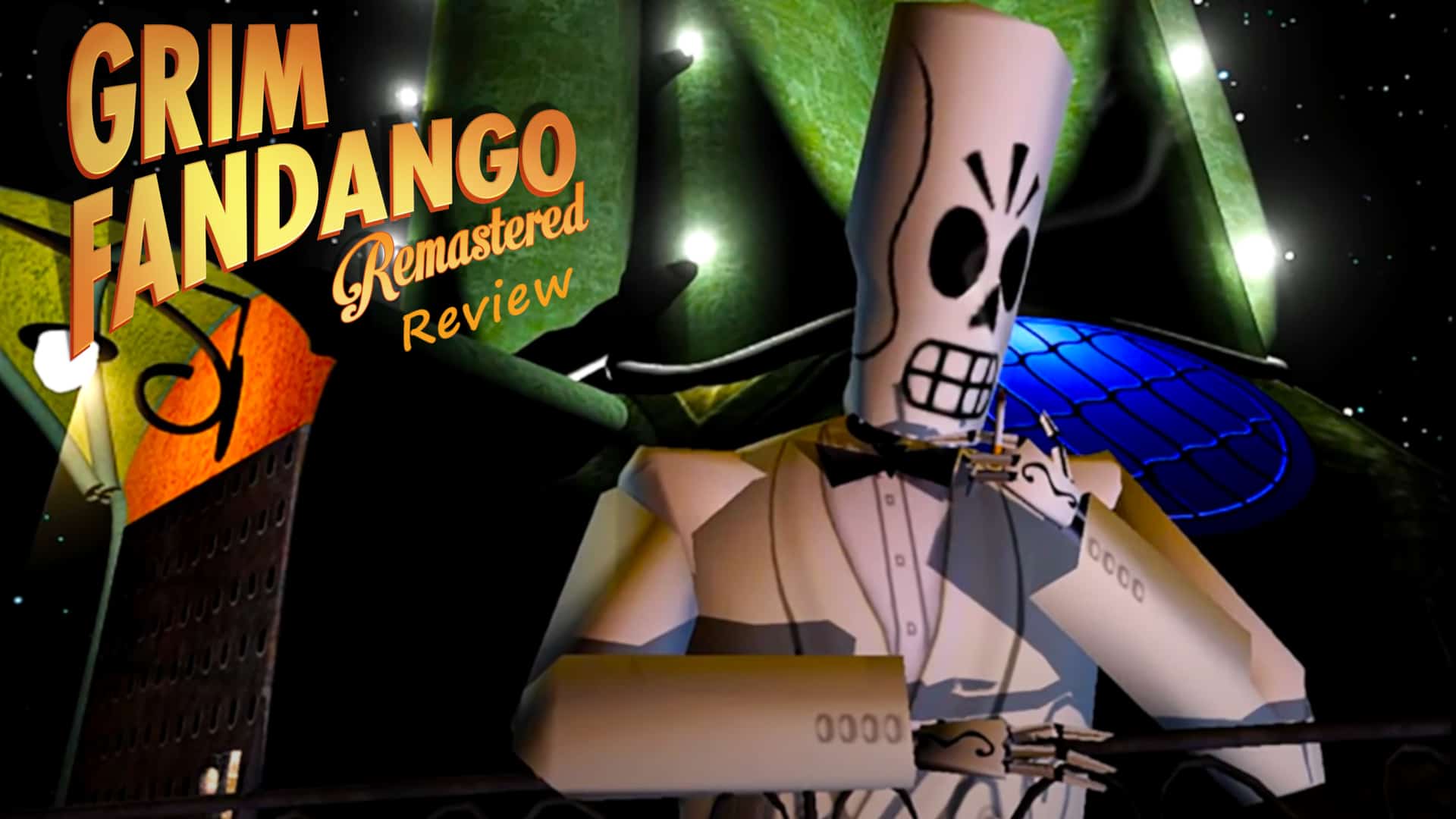Uncategorized
Grim Fandango: The Cult Classic Adventure Game
Grim Fandango: The Cult Classic Adventure Game
Released in 1998, Grim Fandango reached the zenith of video game storytelling and artistic design, merging Aztec mythology with film noir elements. Developed by LucasArts and directed by Tim Schafer, this unique adventure game has captivated players for decades and is often hailed as a true masterpiece of its genre. How is it that a game so entrenched in the past managed to sustain its popularity and even gain a cult following? The answer lies in its innovative gameplay, rich narrative, and the distinct visual style that continues to resonate with fans around the world.
The Story and Characters
Grim Fandango follows the journey of Manny Calavera, a travel agent for the dead navigating the Land of the Dead to guide souls to their final resting places. The game intricately weaves themes of life, death, and redemption as Manny grapples with corruption within the afterlife. Players meet a rich cast of characters, including the mysterious and beautiful Meche, the ingenious but morally ambiguous Glottis, and the manipulative, yet charming, villain, Don Copal. Each character is not just a role but a significant piece of the puzzle that enriches the narrative, providing both depth and humor.
Artistic Design and Gameplay Mechanics
The artistic vision of Grim Fandango is one of the game’s most distinguishing features. It employs a distinctive “Day of the Dead” aesthetic that breathes vibrancy into its world, with stylized character models and meticulously designed environments that feel both haunting and whimsical. The gameplay mechanics, while typical of point-and-click adventures, introduced a level of complexity that demanded critical thinking and observation from players. The puzzles, ranging from clever riddles to intricate tasks, draw players deeply into the story, requiring them to engage thoughtfully with the world around them. This blend of artistry and gameplay is a key factor in the game’s enduring legacy.
The Revival and Merchandising
In 2015, Grim Fandango experienced a renaissance with a remastered version that brought updated graphics, improved controls, and enhanced audio to modern platforms. This revival introduced a new generation of players to Manny’s world while rekindling nostalgia for longtime fans. Alongside the remaster, the rise of Grim Fandango merchandise has also taken flight. From collectible figurines to themed apparel, the availability of Grim Fandango Merch has allowed fans to express their love for the game creatively. Whether it’s wearing a T-shirt emblazoned with Manny’s iconic skull or displaying a collectible art piece from the game, there’s no shortage of ways for dedicated fans to celebrate this cult classic.
The Legend Lives On
Grim Fandango’s impact on the gaming industry cannot be understated. It has inspired countless works, influencing designers and narrators across various platforms. As gaming continues to evolve, the spirit of Grim Fandango remains alive, evident in indie games that employ similar narrative styles and artistic endeavors. The loyal fan base continues to thrive, with communities dedicated to discussing, replaying, and honoring the game that brought them together. Whether through merchandise or fan art, the celebration of Grim Fandango is a testament to its lasting legacy as a beloved cult classic adventure game.

